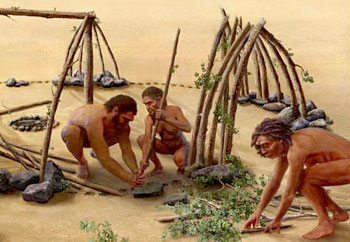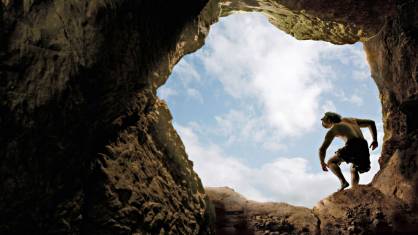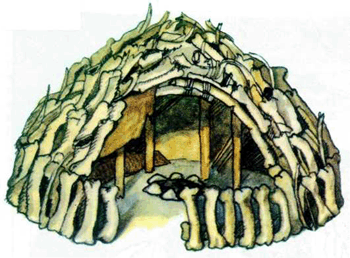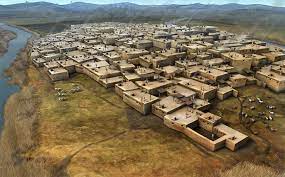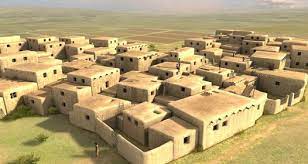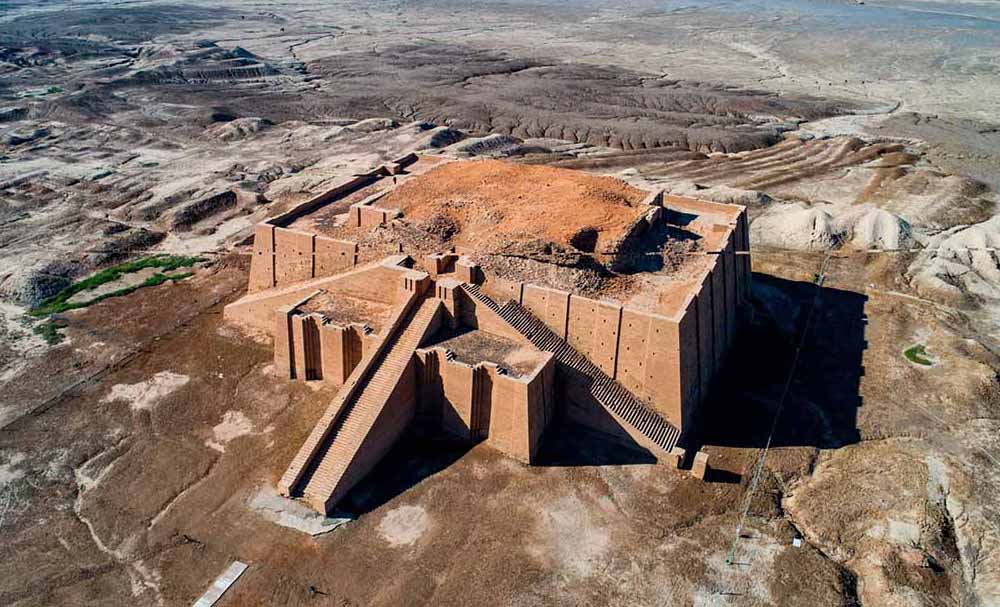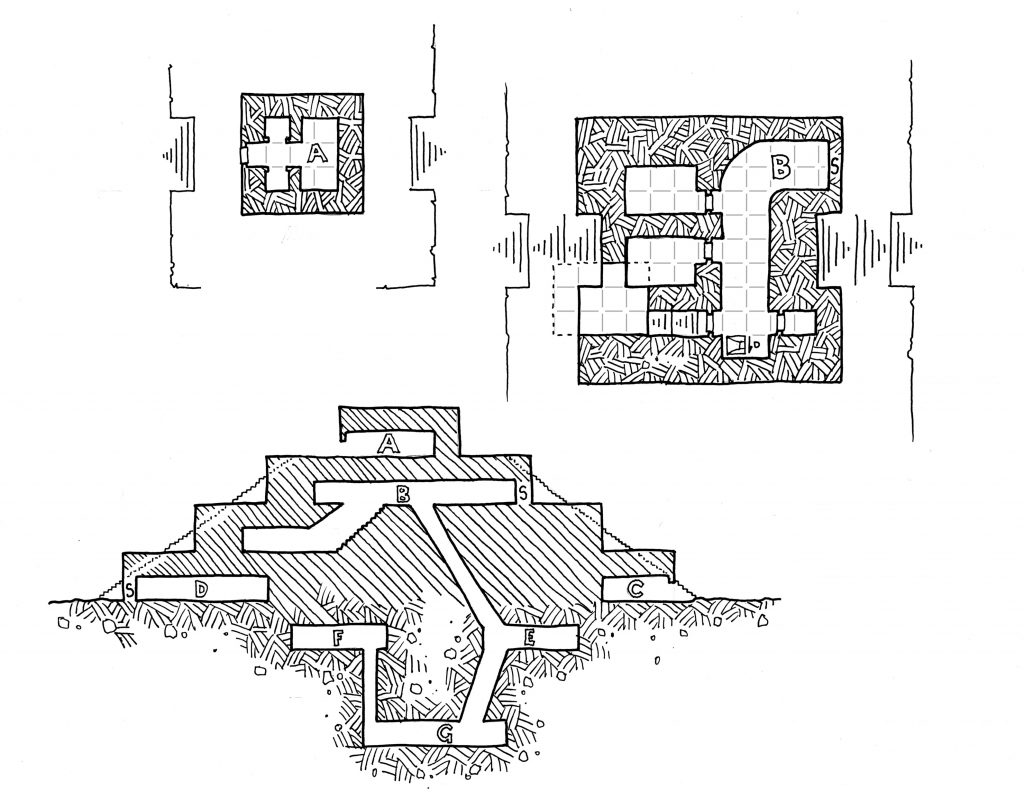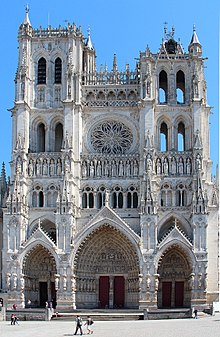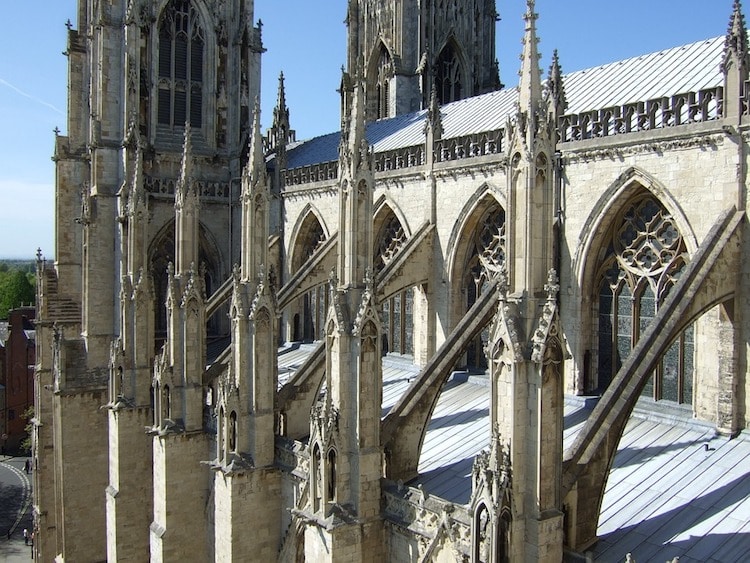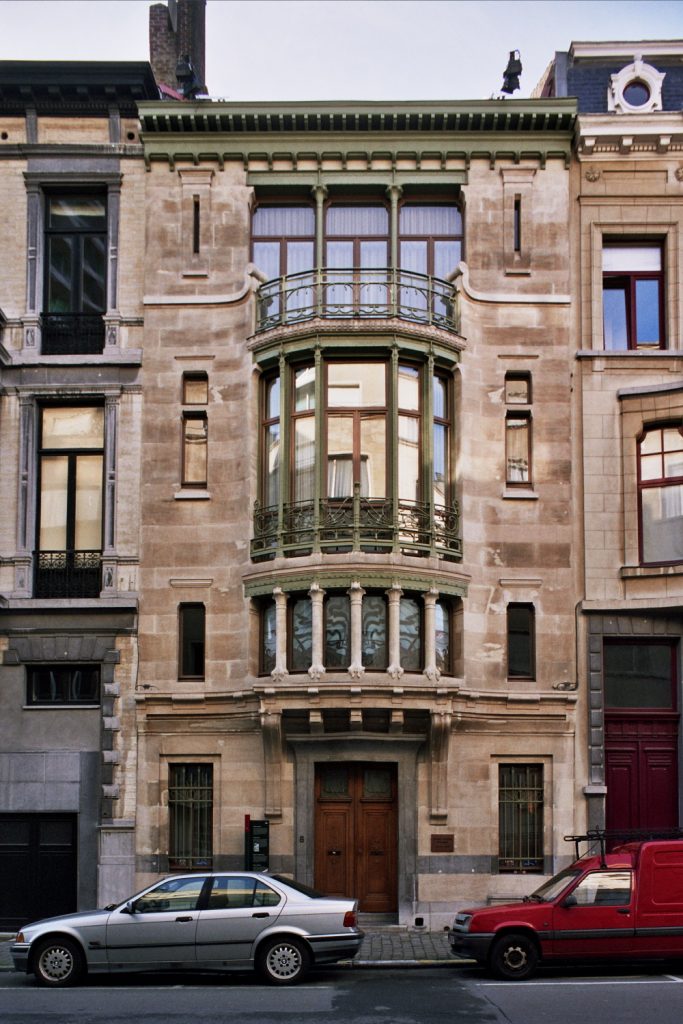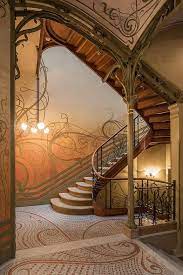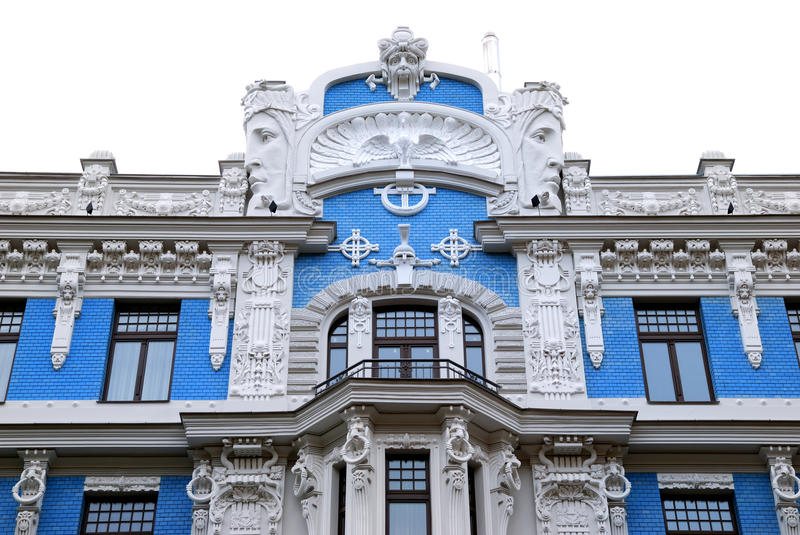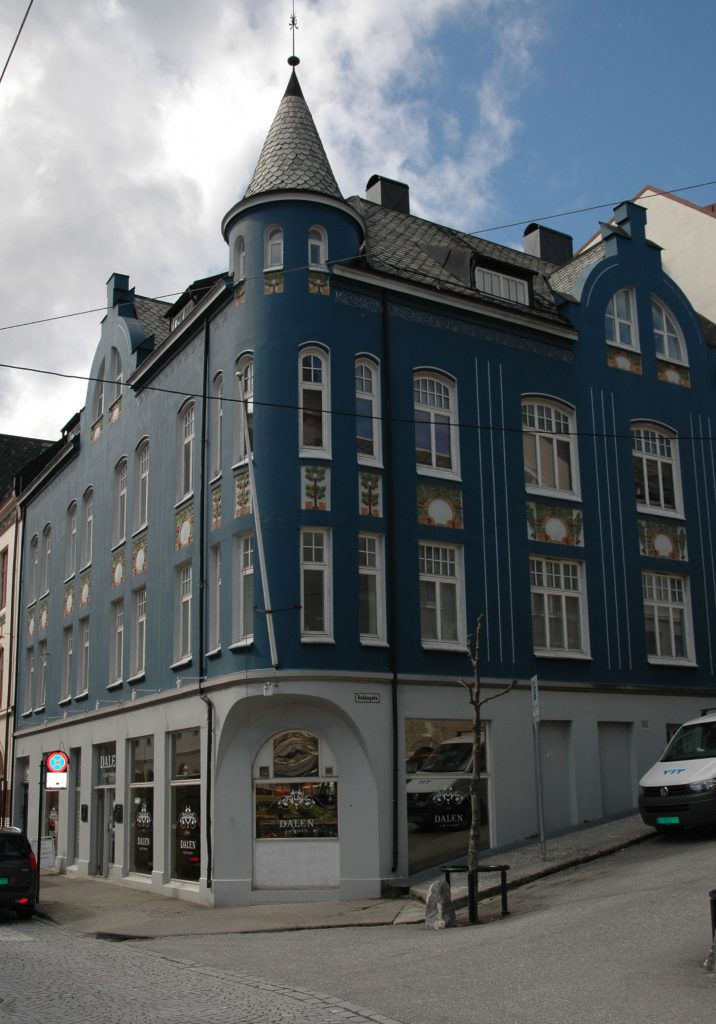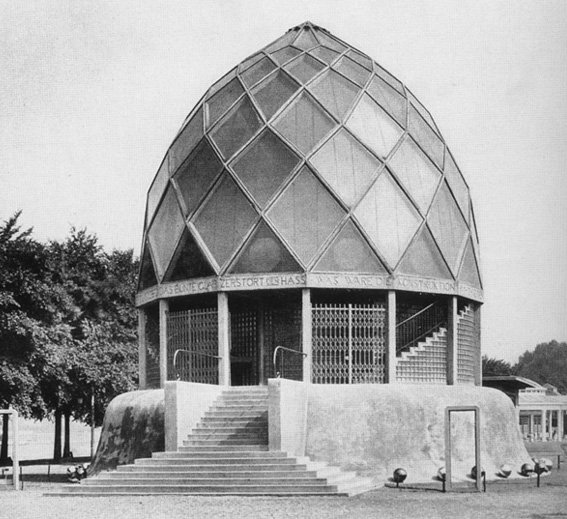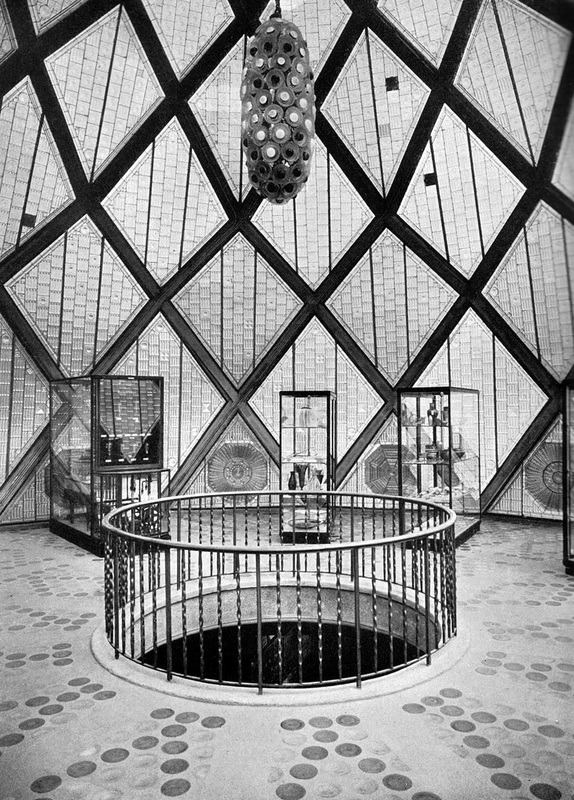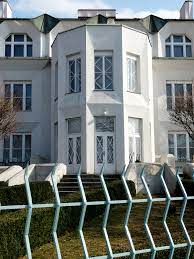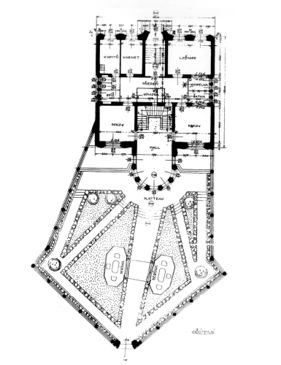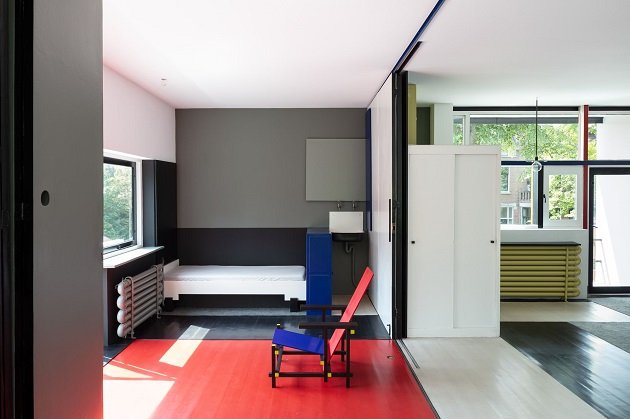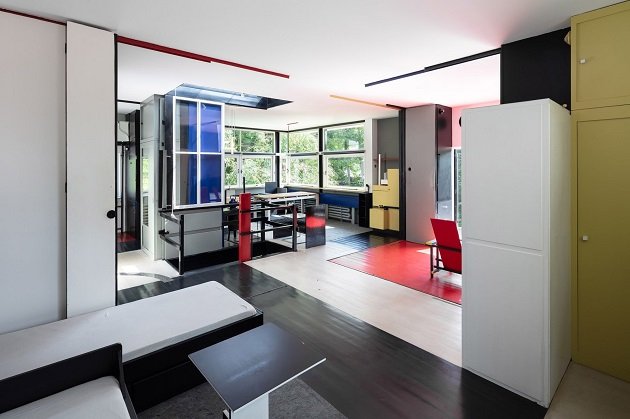Architecture is about the relationship between the Human and the space, therefore it has evoluted in so many aspects parallel to the evolution of its occupants.
In brief, the history of architecture can be summarized as following.
THE ORIGINS
HOMO ERECTUS (1.600.000 – 200.000 BC)
Appeared the spring camps such as Terra Amata
HOMO NEANDERTALENSIS (100.00 – 40.000 BC)
He lived in caverns.
HOMO SAPIENS (40.000 BC)
Appeared the first dwellings, these where conposed of a frame that has the form of a dome covered with skins of animals.
EVOLUTION OF HOUSING (8.000 – 4.000 BC)
As the agriculture was being established parallel to sedentary lifestyle appeared the first costructions as permanent housings.
PROTOHISTORY
(4.000- 3000 BCE)
The period between prehistory and history during which a culture or civilization has not yet developed writing, but other cultures have already noted the existence of those pre-literate groups in their own writings.
ZIGGURAT
The ziggurat might seem similar to the pyramids but unlike the egyptian buildings the ziggurats are temples, therefore there is always a mortuary house inside.
THE EGYPTIANS
(3500 BCE)
The construction are centered around the Nile River. This civilizations’ most important components are temples, cities, and fields.

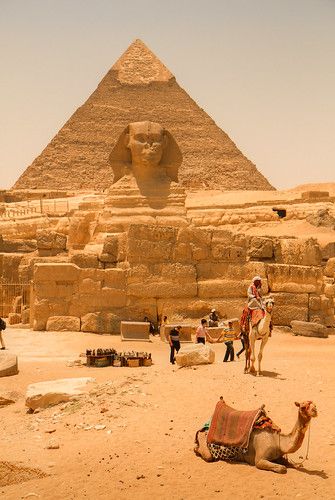
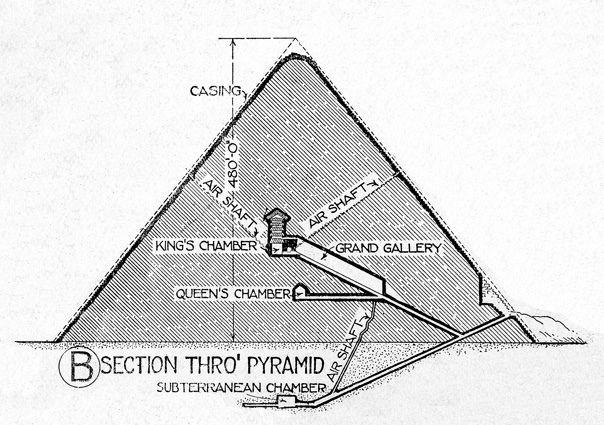
https://www.pinterest.com/pin/301389400037103417/
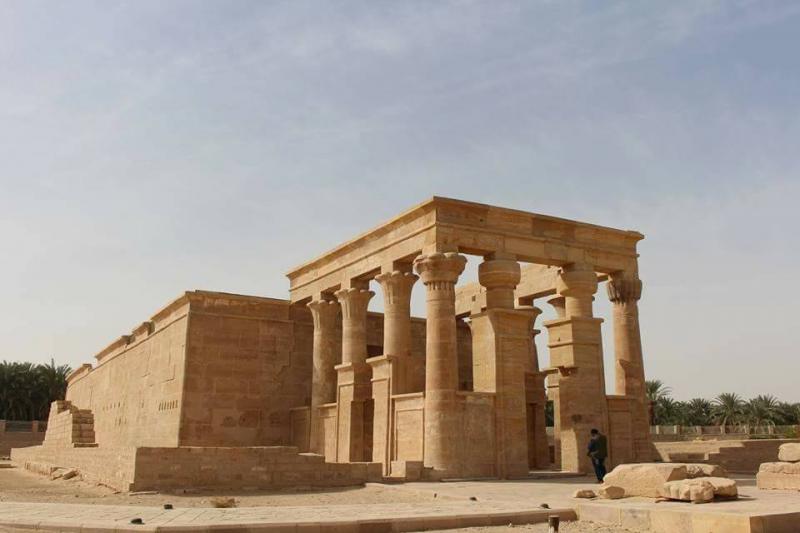
Hibis Temple 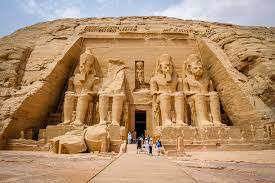
Temple of Ramses II

Lahum city organization 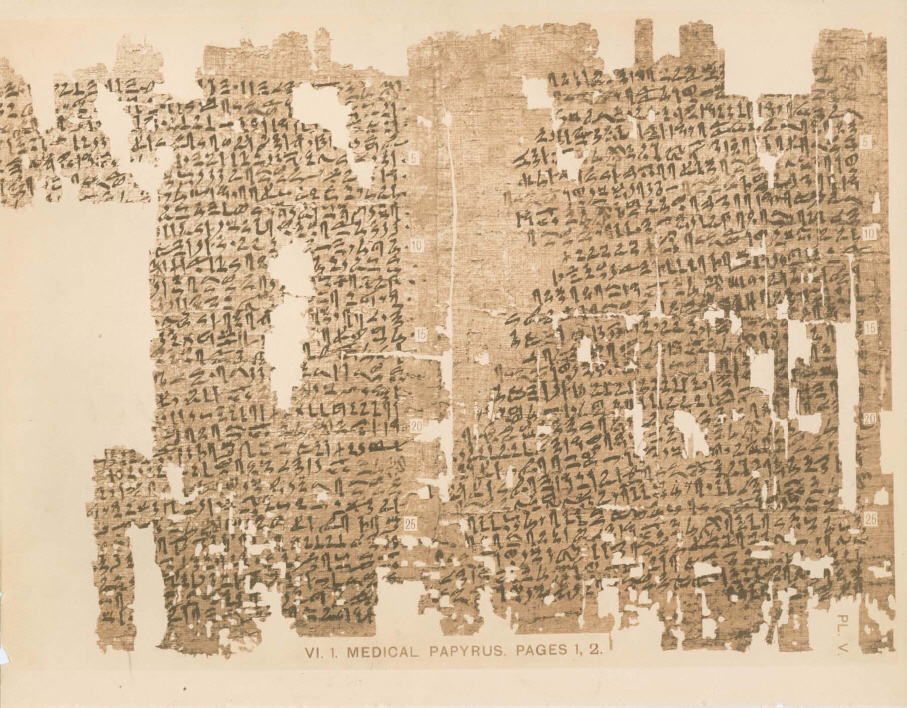
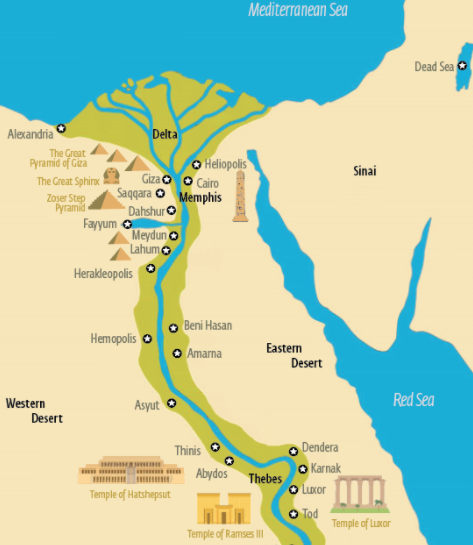
THE GREEKS
(1200 – 146 BCE)
Greek architecture is known for tall columns, intricate detail, symmetry, harmony, and balance. The Greeks built all sorts of buildings. The main examples of Greek architecture that survive today are the large temples that they built to their gods. The main buildings were the following ones: polis, temples, theater/stadium, houses.


Parthénon 

Ancient Greek Theatre 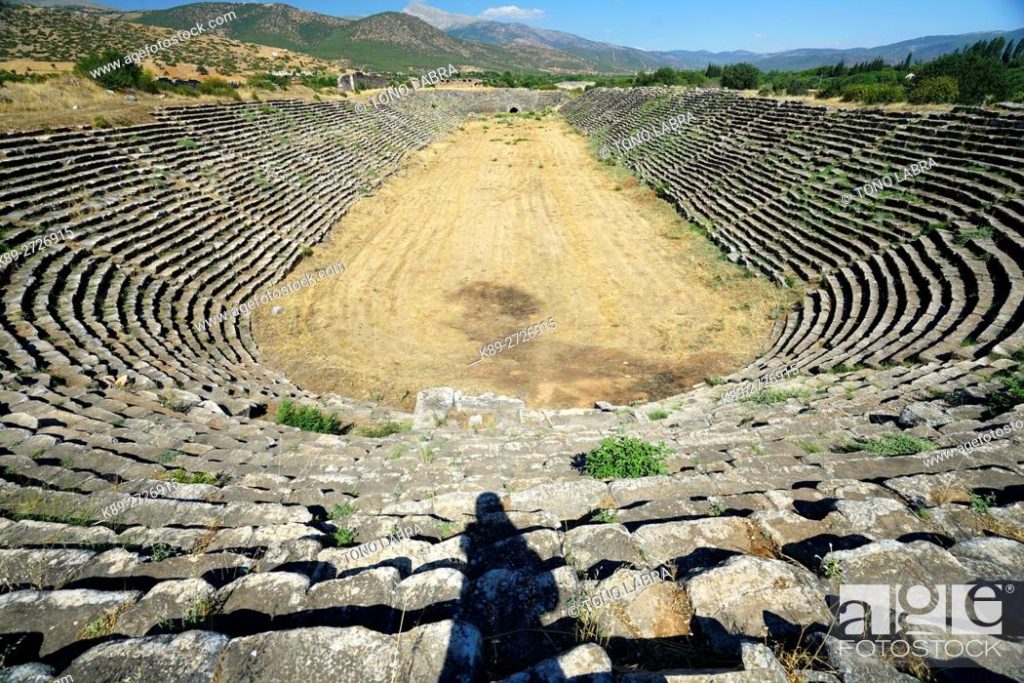
Aphrodisias Stadium 
Greek houses
ROMANS
(1100 – 476 BCE)
The Romans were the first builders in the history of architecture to realize the potential of domes. Domes were introduced in a number of Roman building types such as temples, thermae, palaces, mausolea and later also churches. The roman architecture is present in civil work, public buildings, cities, religious buildings, and housing…

Arches constructive detail 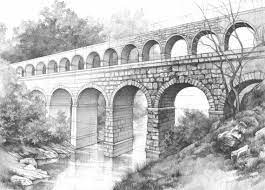
Roman Aqueducts
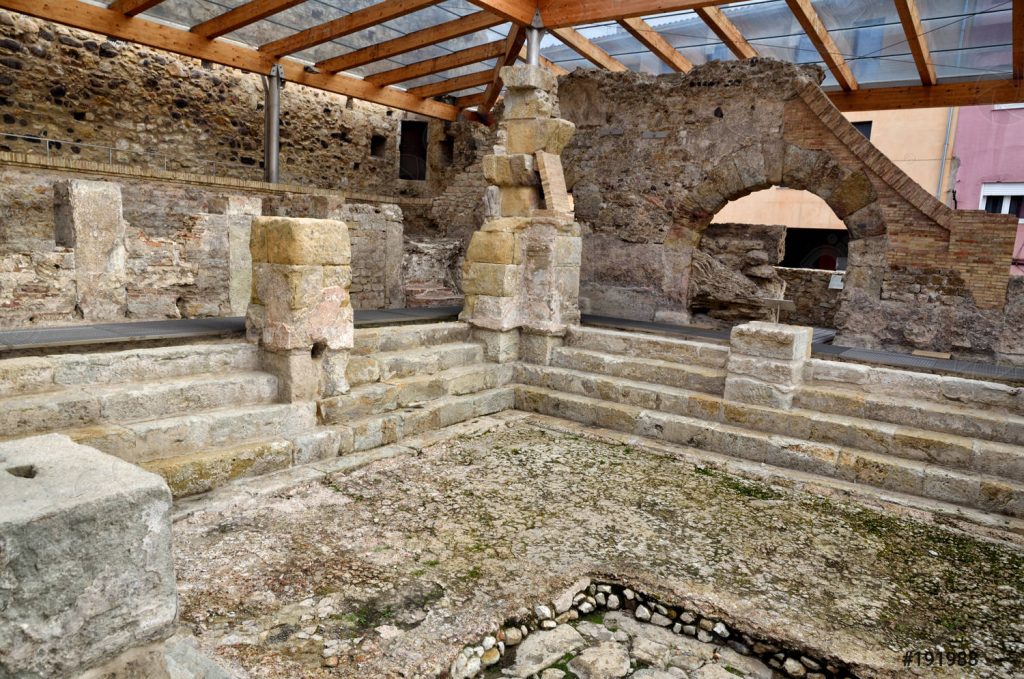
Roman baths located in Spain 
Colosseum Amphitheatre, Rome 
Roman Theater, Badajoz 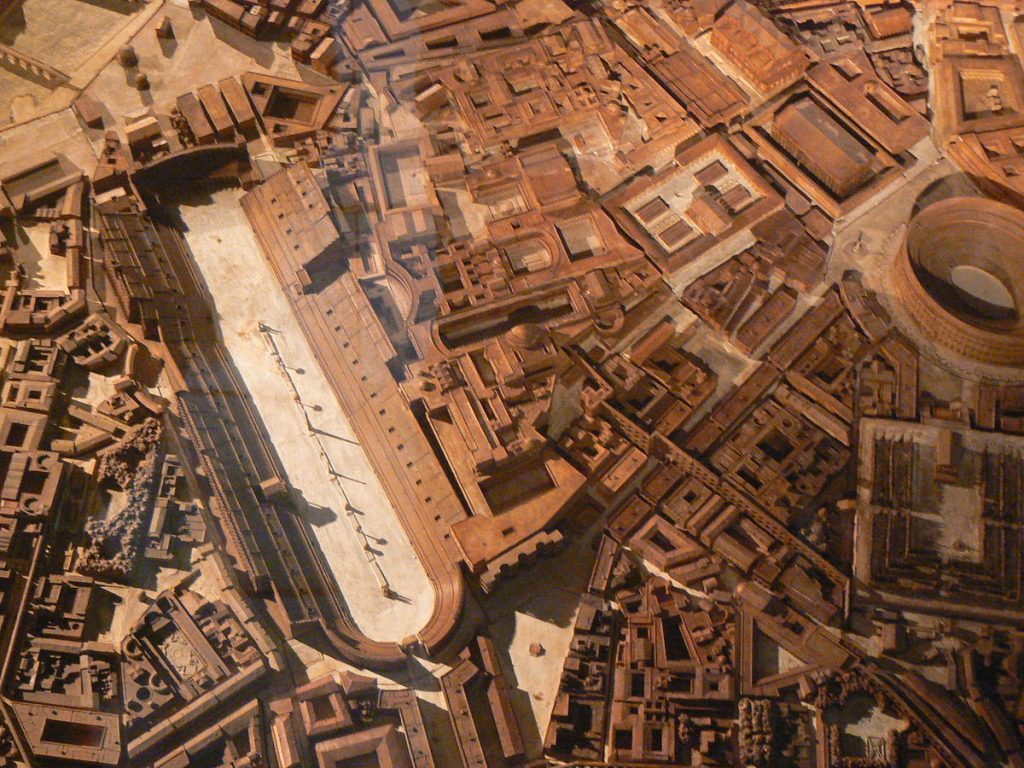
Circus Maximo 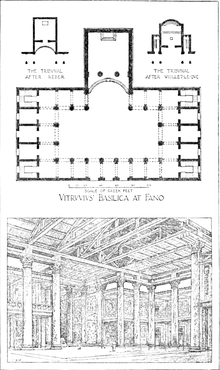
Vitruvius Basilica at Fano
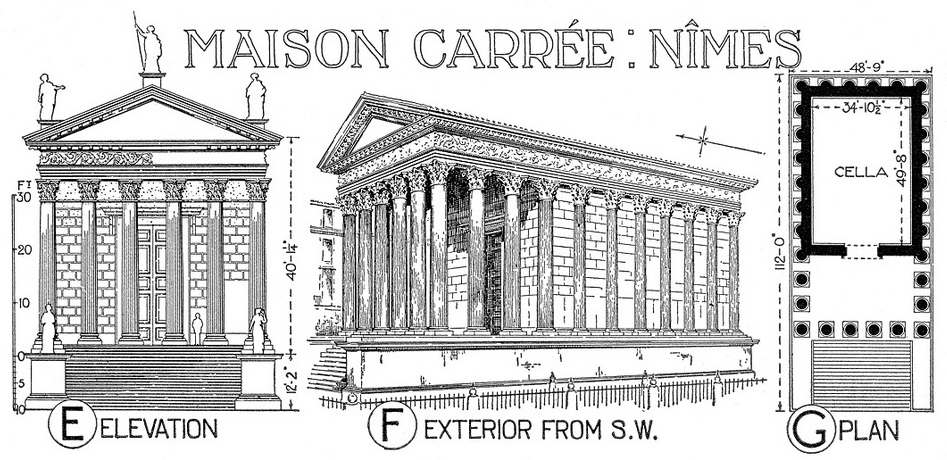
Plan and elevation of the Maison Carrée, c. 4-7 C.E. (photo: Penn State University Library, CC BY-NC 2.0)
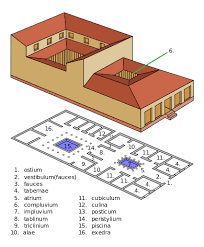
Roman Domus 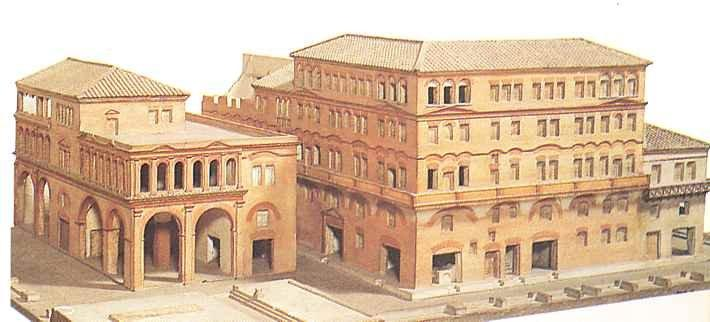
Roman Insulae
HIGH MIDDLE AGES
(6th -10th century)
BYZANTINE

Basilica of Sant Apollinare Nuovo 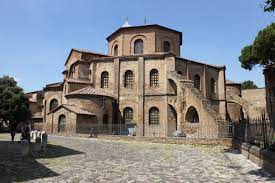
Basilica of San Vitale 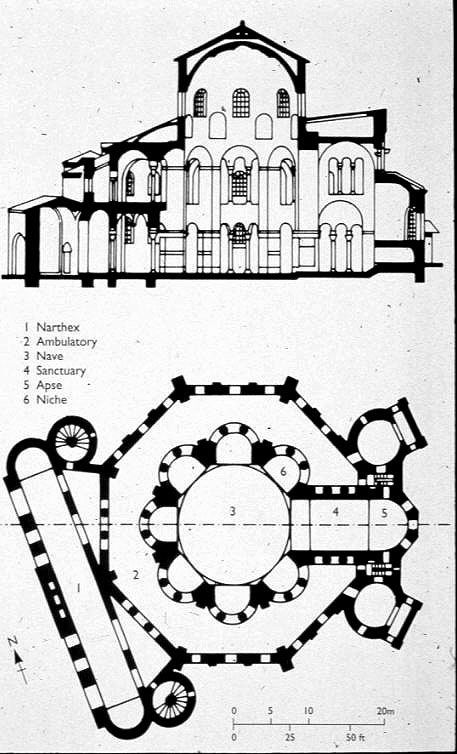
San Vitale’s section and floor plan 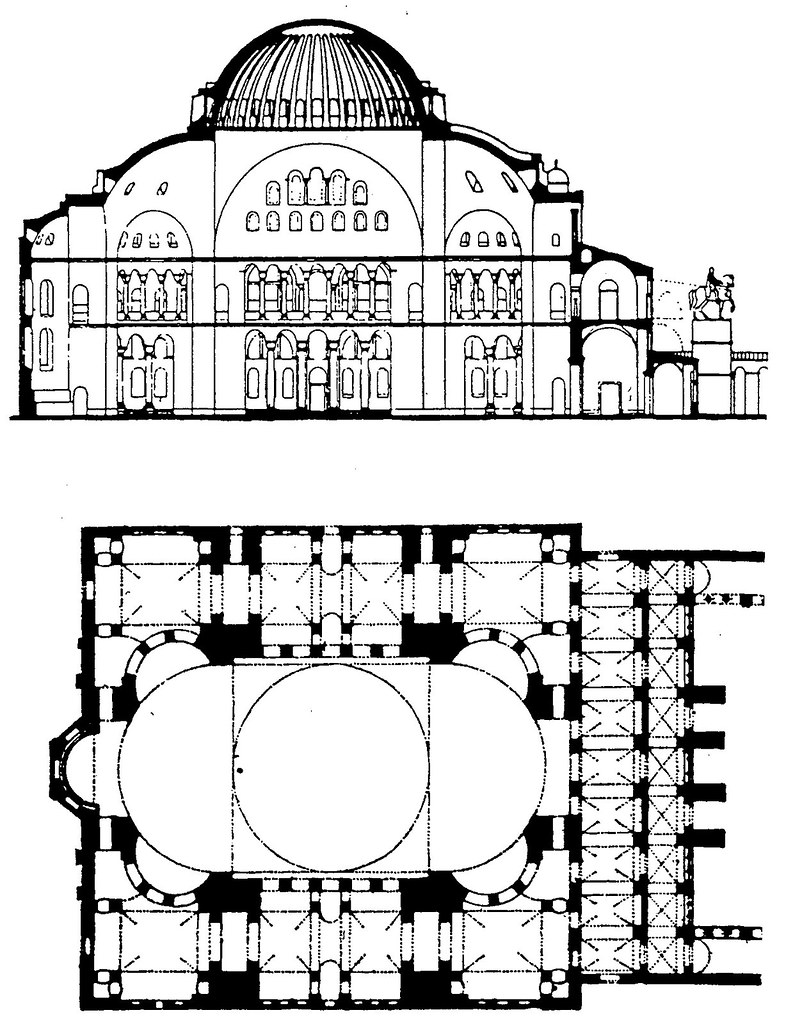
Haga Sophia section and floor plan 
Haga Sophia, Constantinople
PREROMANESQUE

Monastero di Santa Maria in Valle e Tempietto Longobardo 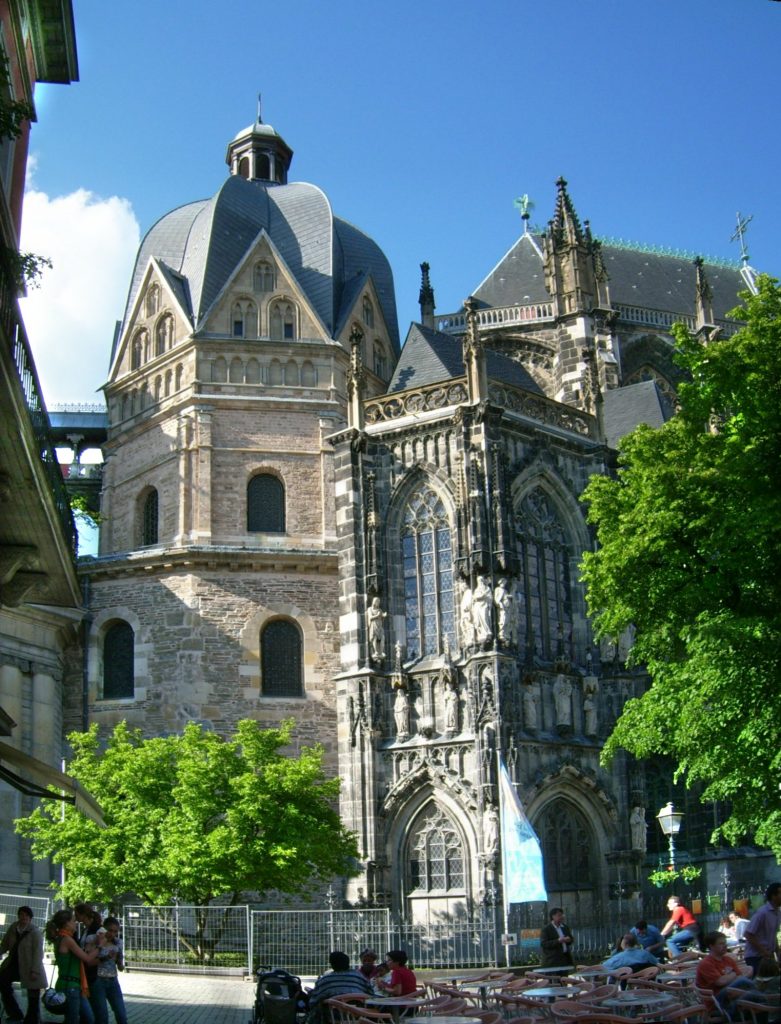
Palatine chapel, Aachen 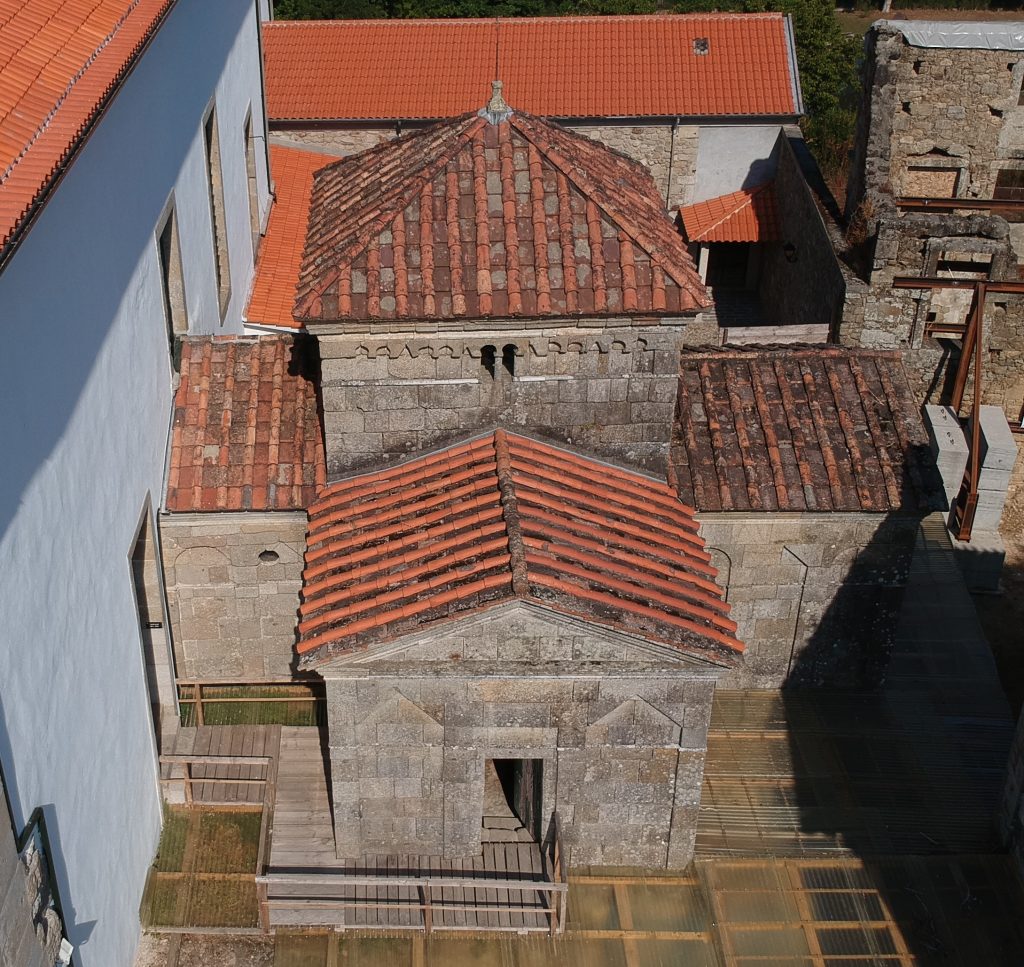
Sao Frutuoso de Montelios DCIM/100MEDIA/DJI_0674.JPG 
Collegiate Church of Saint Gertrude Nivelles, Belgium
ISLAMIC
(8th – 15th century)
Islamic architecture encompasses both secular and religious styles from the early history of Islam to the present day. … New architectural elements like minarets, muqarnas, and multifoil arches were invented. The most characteristical structures are: the mosques, the palaces, the public baths, the fortresses, the gardens… and so on.

Mosque of Cordoba 
Arab baths, Jaen 
Arab mosaic 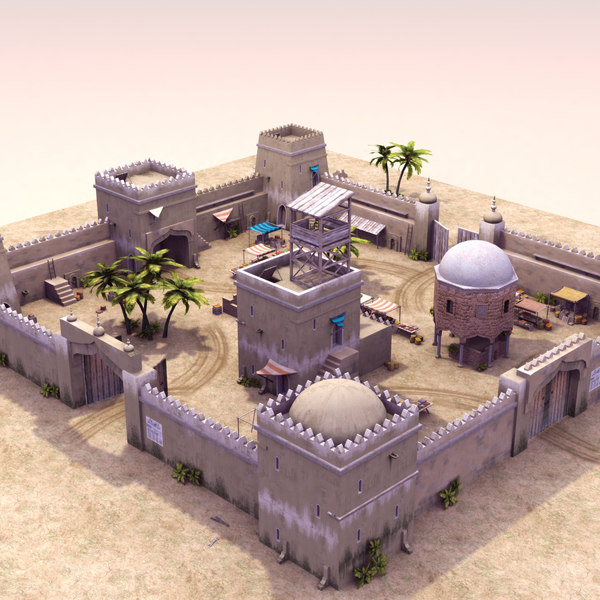
Ancient arab fortress (simple 3d model)A 
Cordoba as an example of ancient arab cities organization 
Gardens 
Alhambra, Granada 
Inside of Alhambra
ROMANESQUE
(10th – 12th)
Romanesque architecture is characterized by towering round arches, massive stone and brickwork, small windows, thick walls, and a propensity for housing art and sculpture depicting biblical scenes

Cluny III ‘s Temple 
Cluny III Abbey floor plan

Basilic San Isidoro, Leon 
Interior of the basilic of san isodoro

Durham Cathedral

Cathedral of Santiago de Compostela 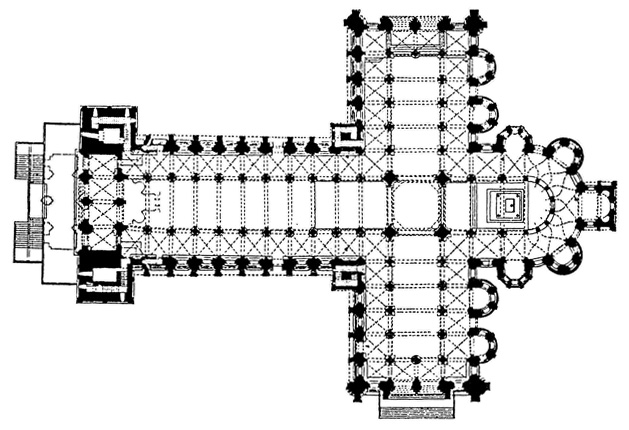
Floor plan (Cathedral of santiago de compostela)
GOTHIC
(12th – 15th)
The Gothic style can vary according to location, age, and type of building, it is often characterized by 5 key architectural elements: large stained glass windows, pointed arches, ribbed vaults, flying buttresses, and ornate decoration.
Perhaps the most important work is Cathédrale Notre-Dame de Paris.
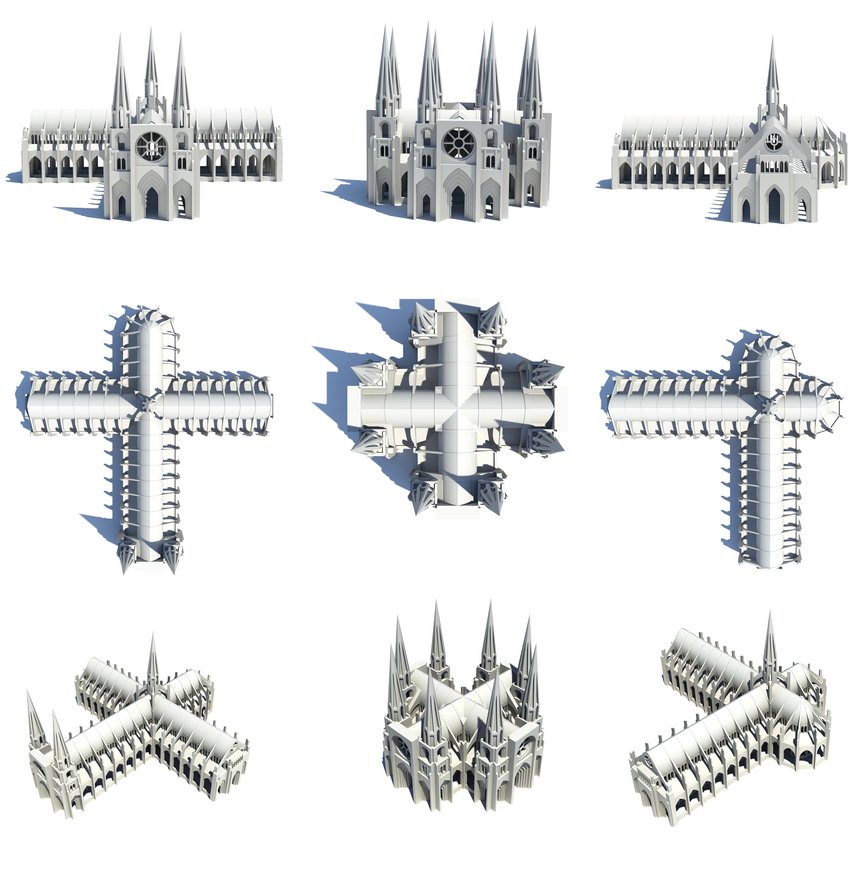
Gothic architectural characteristics
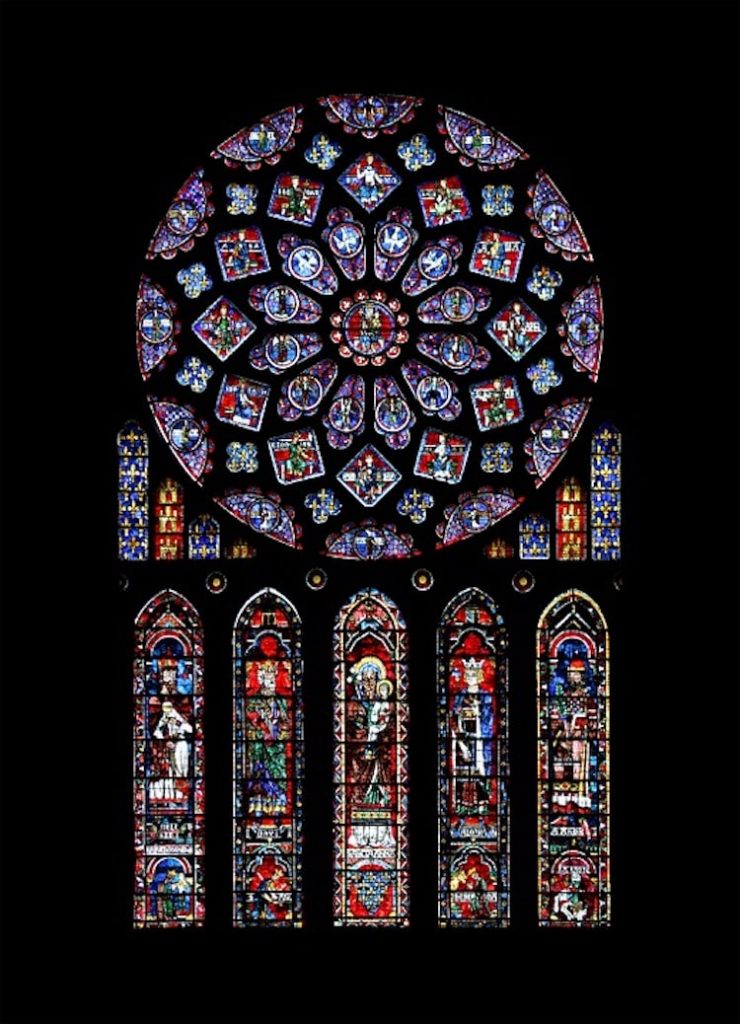

Wells Cathedral in somerset England 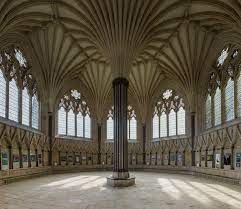
Wells Cathedral, England
RENAISSANCE
(15th -16th)
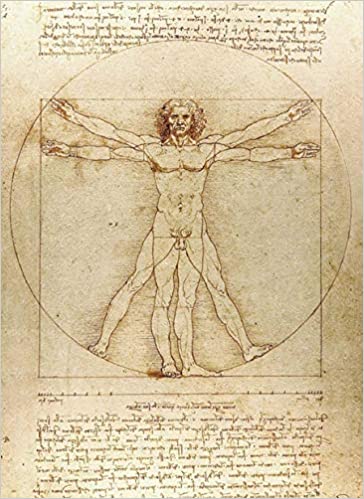
The Renaissance was the period of European cultural, artistic, political and economic “rebirth” following the Middle Ages. Generally described as taking place from the 14th century to the 17th century, the Renaissance promoted the rediscovery of classical philosophy, literature and art. Some of the greatest thinkers, authors, statesmen, scientists and artists in human history thrived during this era, while global exploration opened up new lands and cultures to European commerce.
“You cannot teach a man anything, you can only help him to find it for himself.”
Galileo
“You are not only responsible for what you say, but also for what you do not say.”
Martin Luther
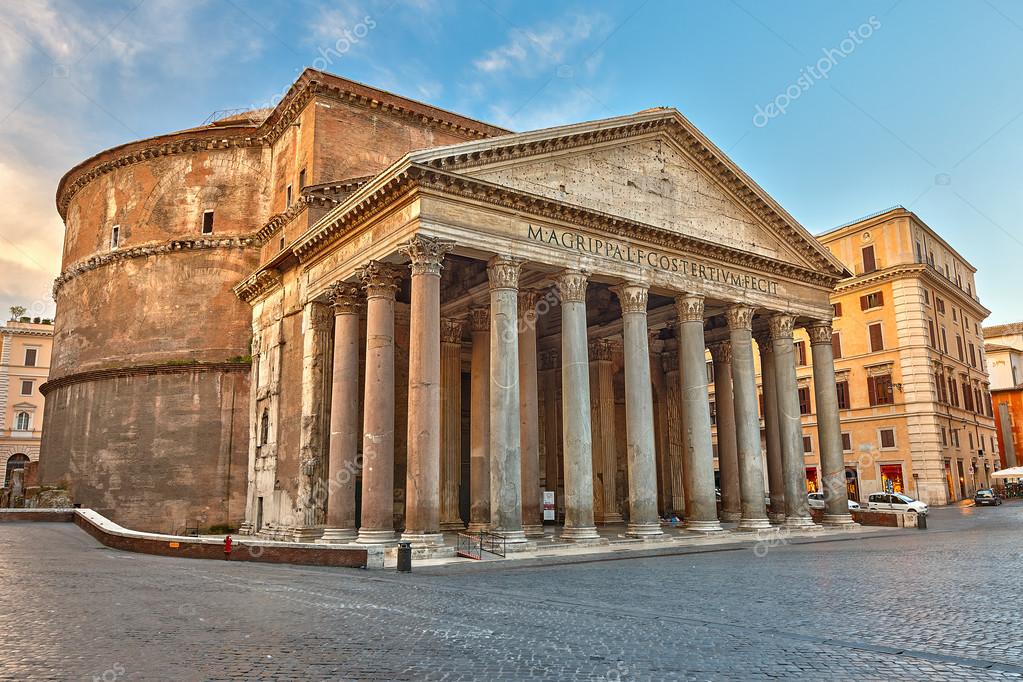
The Pantheon 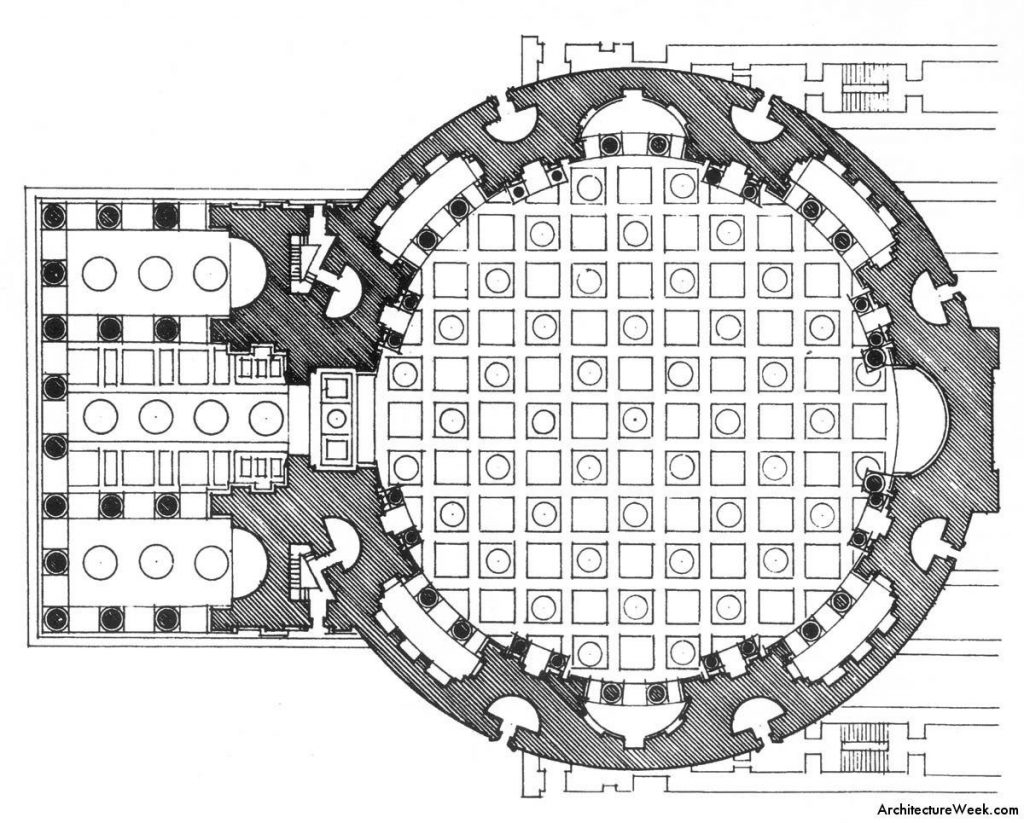
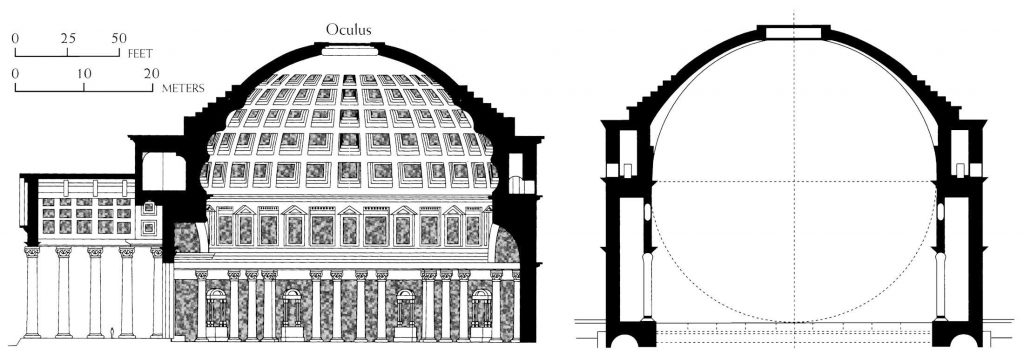
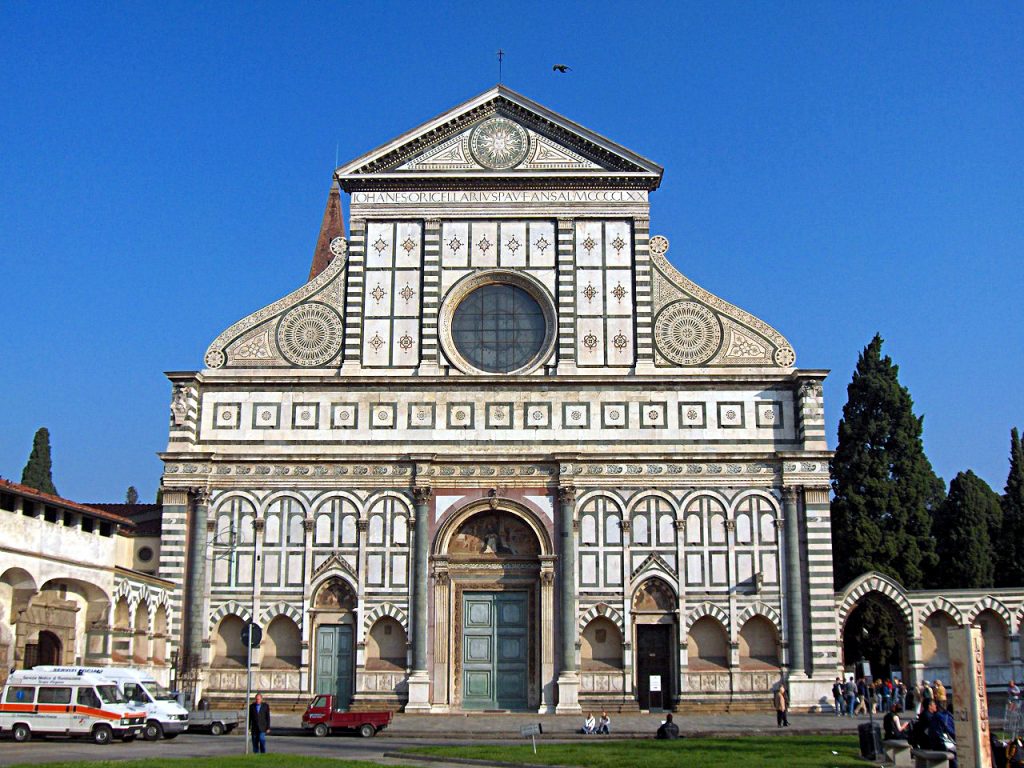
Santa Maria Novella 
Church of Gesu 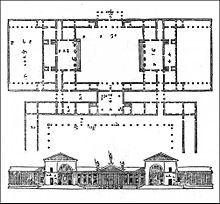
Villa Thiene 
Villa Capra Rotonda 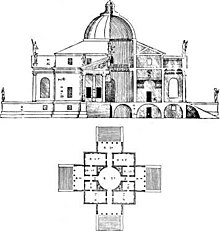
Villa Capra Rotonda sectio and floor plan 
Interior of Capitoline Hill
BAROQUE
(17th – 18th century)

Square of Saint Peter, Vatican 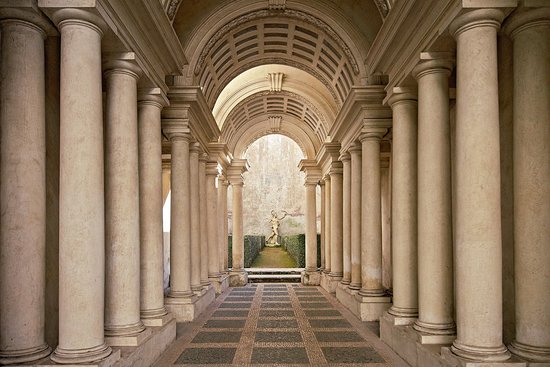
Palazzo Spada 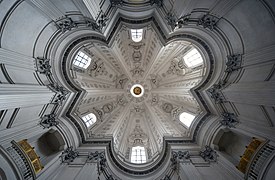
Sant’ivo alla Sapienza 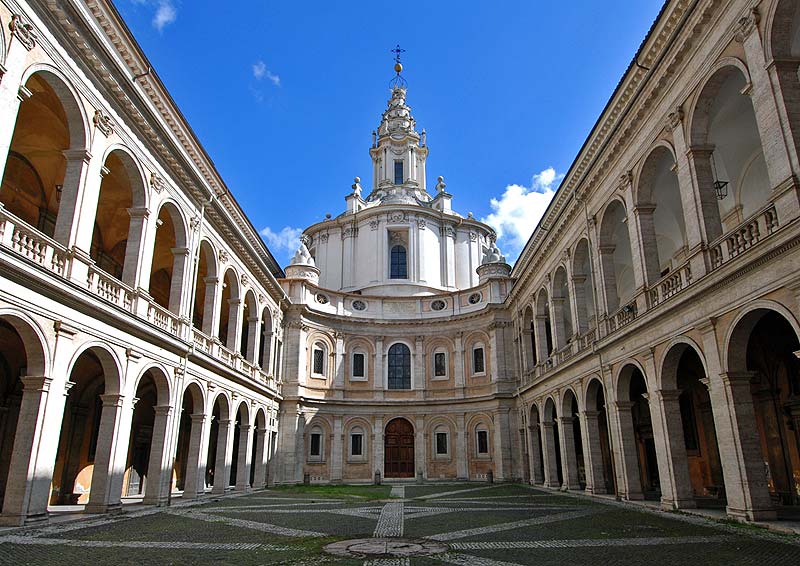
Sant’ivo alla Sapienza 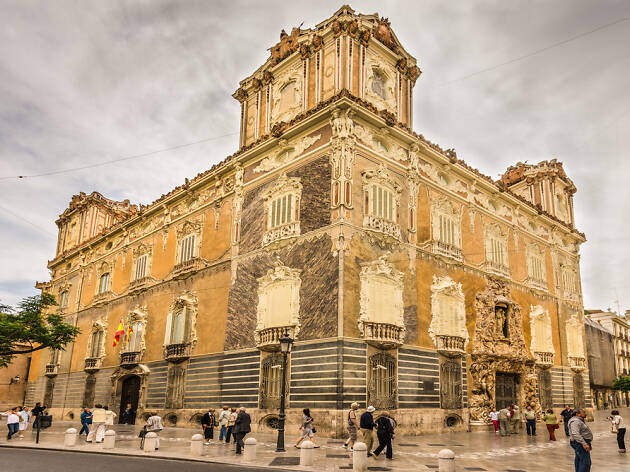
Palace of Marqués de dos Aguas 
Wallenstein Palace 
Wallenstein Palace (Interior)
NEOCLASSIC
(18th – 19th century)
Neoclassical architecture, revival of classical architecture during the 18th and early 19th centuries. Neoclassical architecture is characterized by grandeur of scale, simplicity of geometric forms, Greek or Roman detail, dramatic use of columns, and a preference for blank walls.

Old Museum of Berlin 
The white House, USA 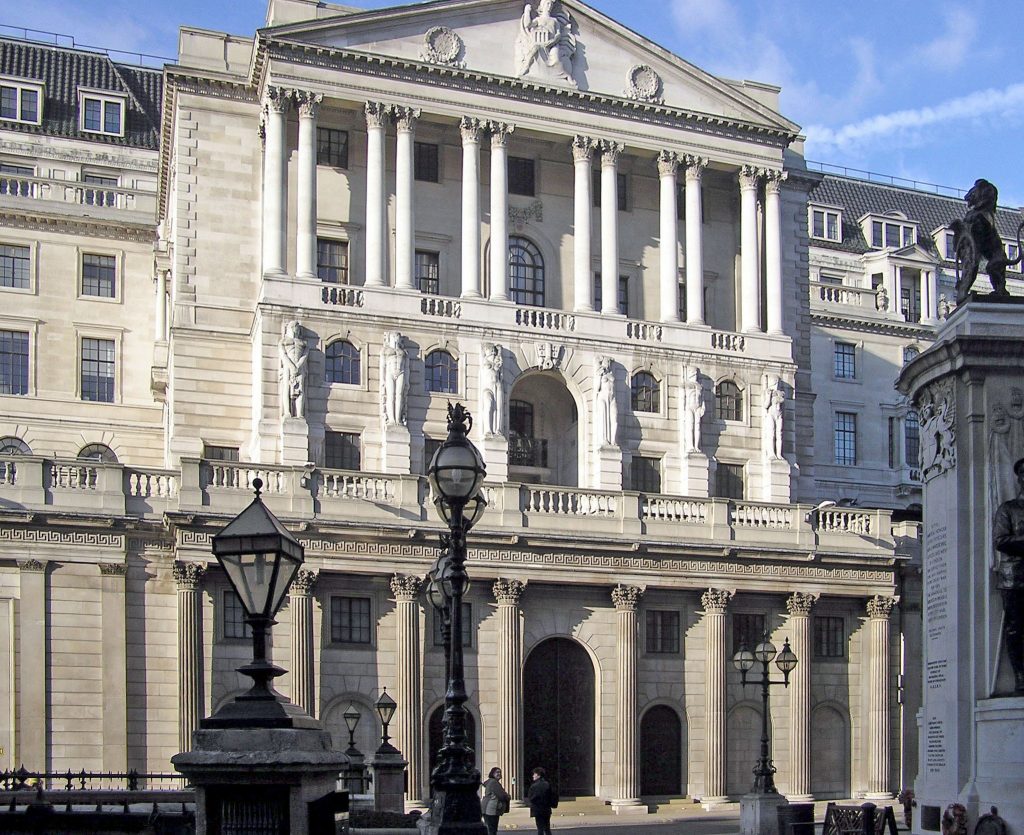
The Bank of England, London
19th CENTURY

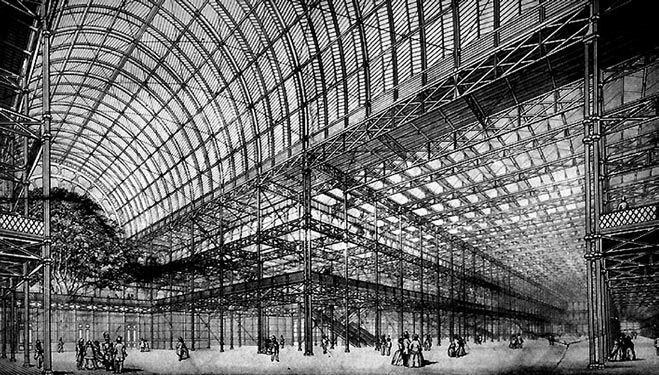
Crystal Palace, London 
House of Parliement, London
20th CENTURY
The 20th century was the homebirth of many architectural movement such as: Art-Nouveau, modernism, liberty, jugendstyl, Avantgarde (expressionism, cubism, futurism, …..)
ART-NOUVEAU
Liberty
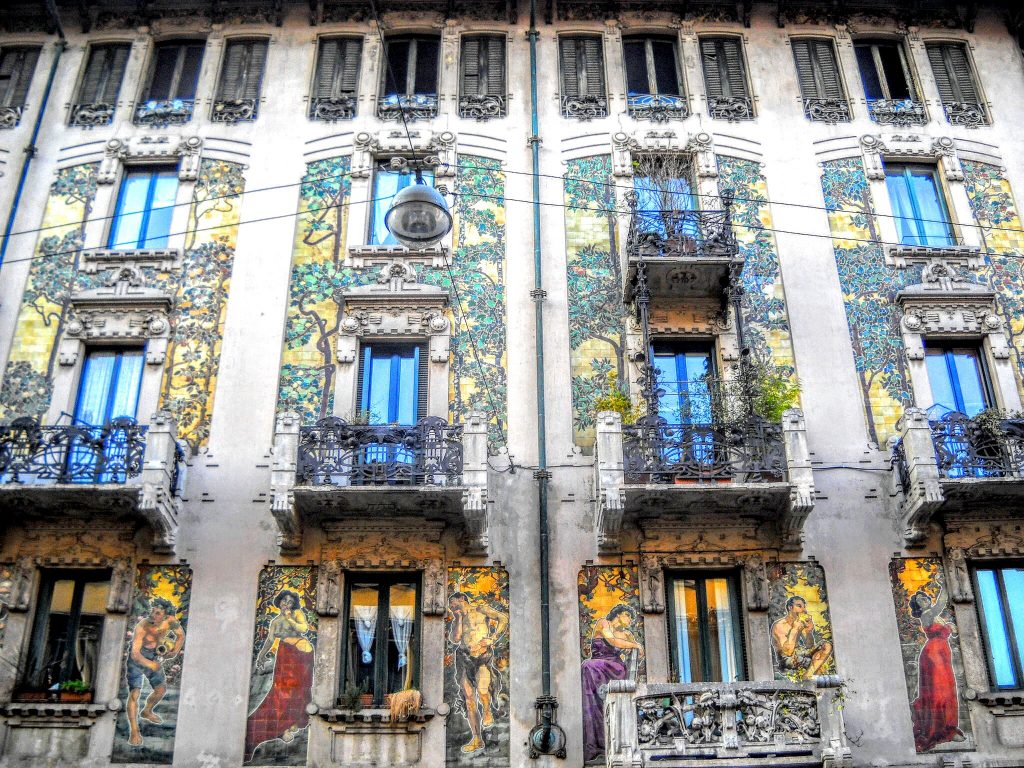
Casa Gamlibertti, Milan 
Casa Fenoglio 
Center of Milan
Jugendstyl
MODERNSIM

Villa Savoye 
Bauhaus building 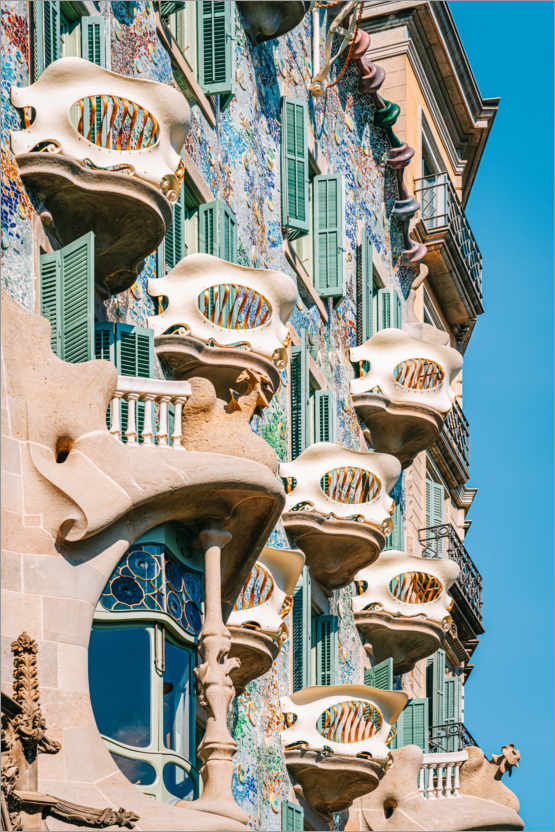
Casa Batllo 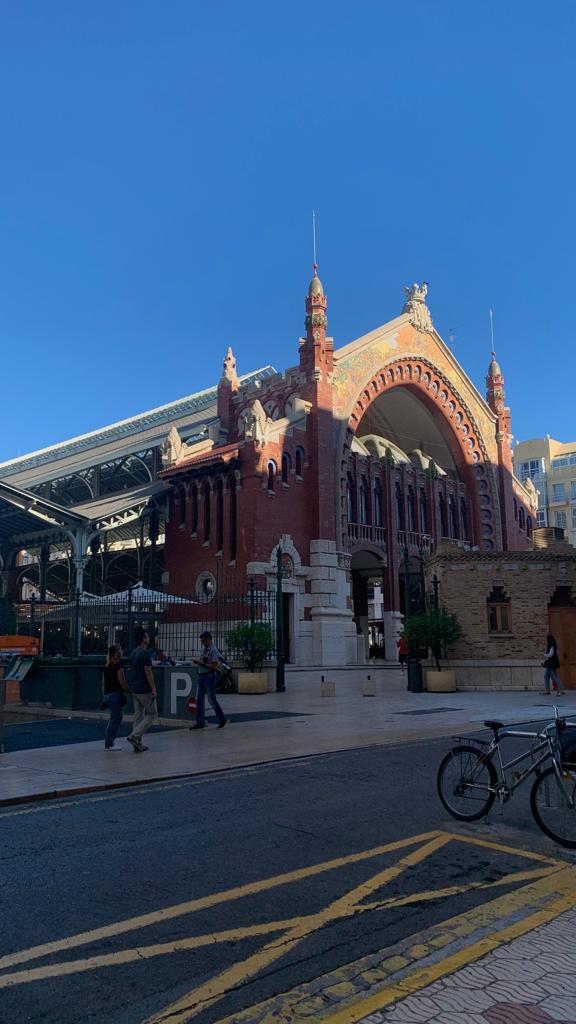
Colon Market (One of my favorite pictures that i took 😉 )
EXPRESSIONISM
CUBISM
FUTURISM
CONSTRUCTIVISM
NEOPLASTICISM
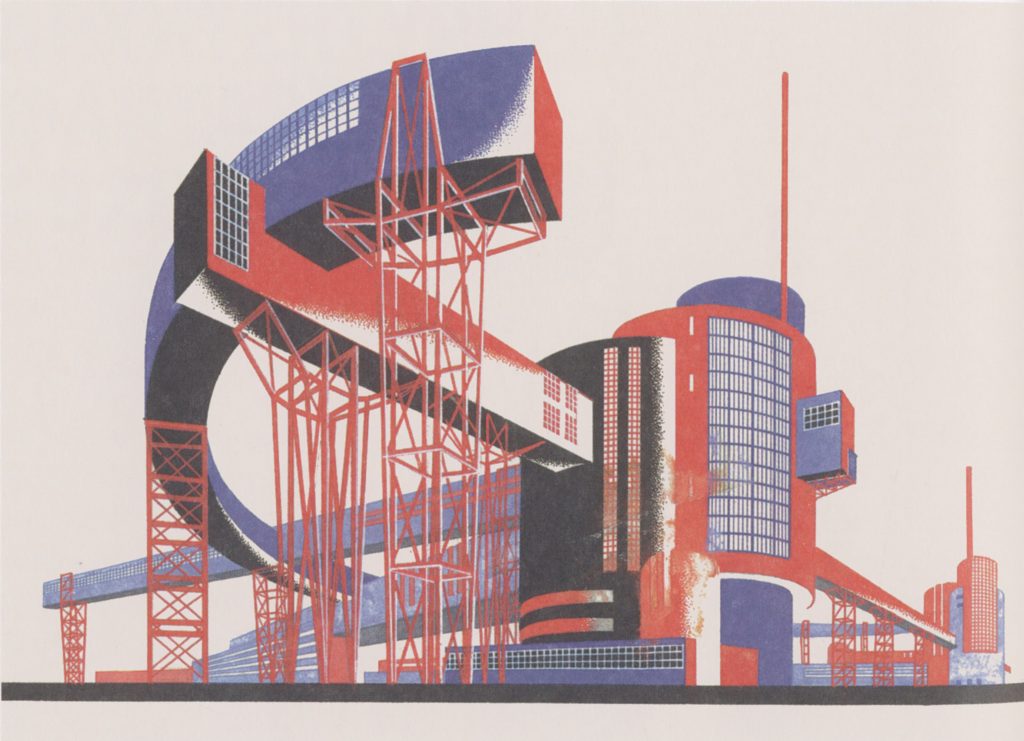

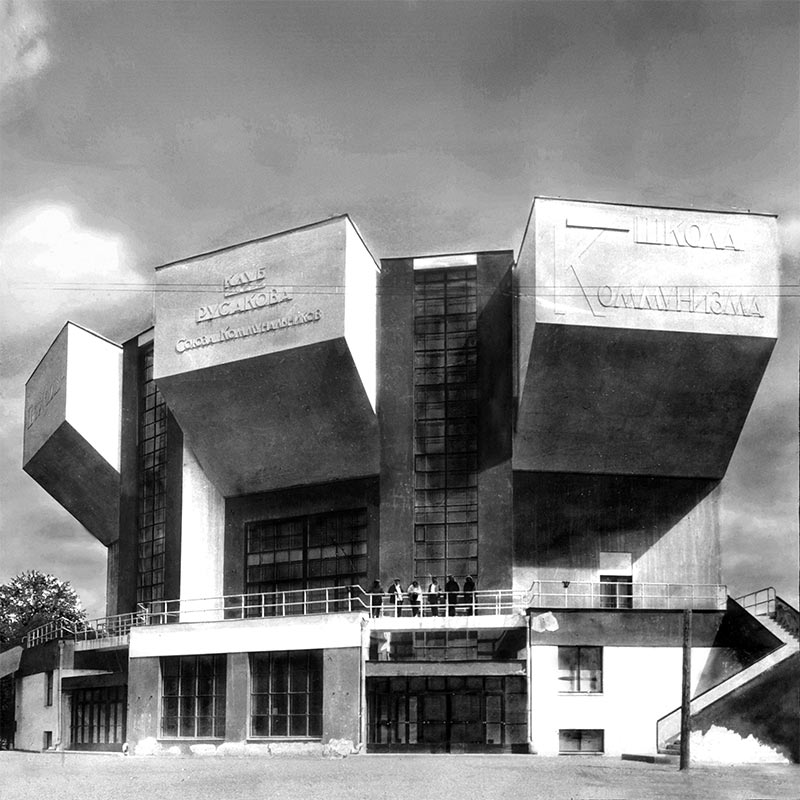
Rusakov workers’ house

CONTEMPORARY


Torre Velasca, milan

FROM 1960 UNTIL NOW
we can consider that it’s a contemporary architecture. Contemporary architects work in several different styles, from postmodernism, high-tech architecture and new interpretations of traditional architecture to highly conceptual forms and designs, resembling sculpture on an enormous scale.
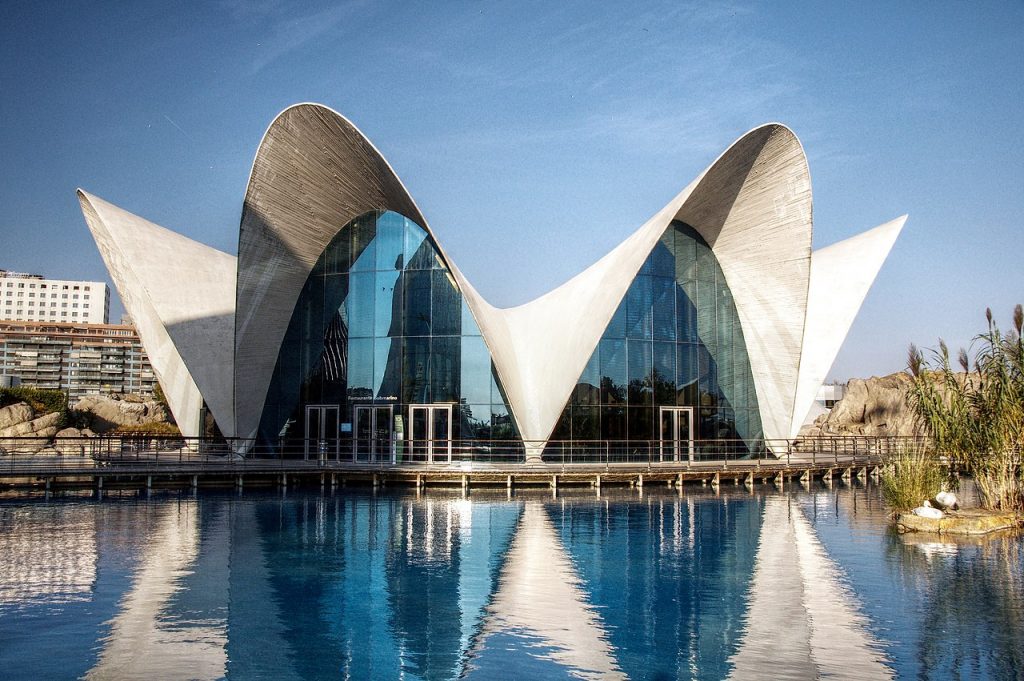
L’oceanografic, Valencia
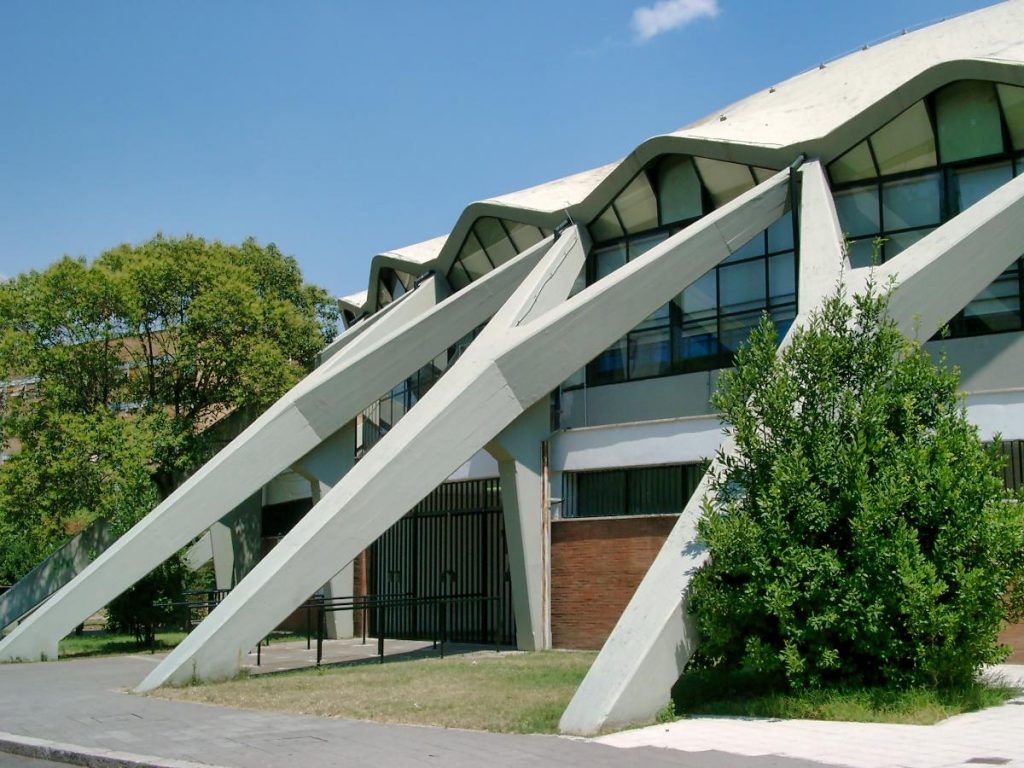
Palazetto dello sport, Rome 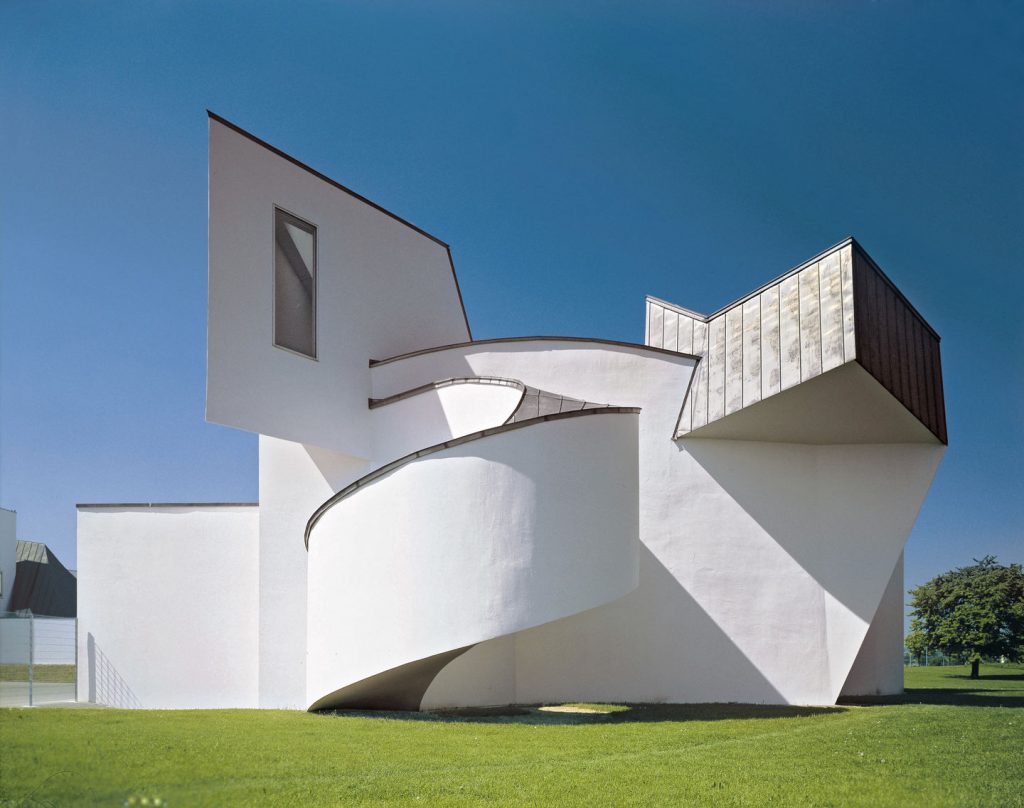
Vitra Design Museum, Germany
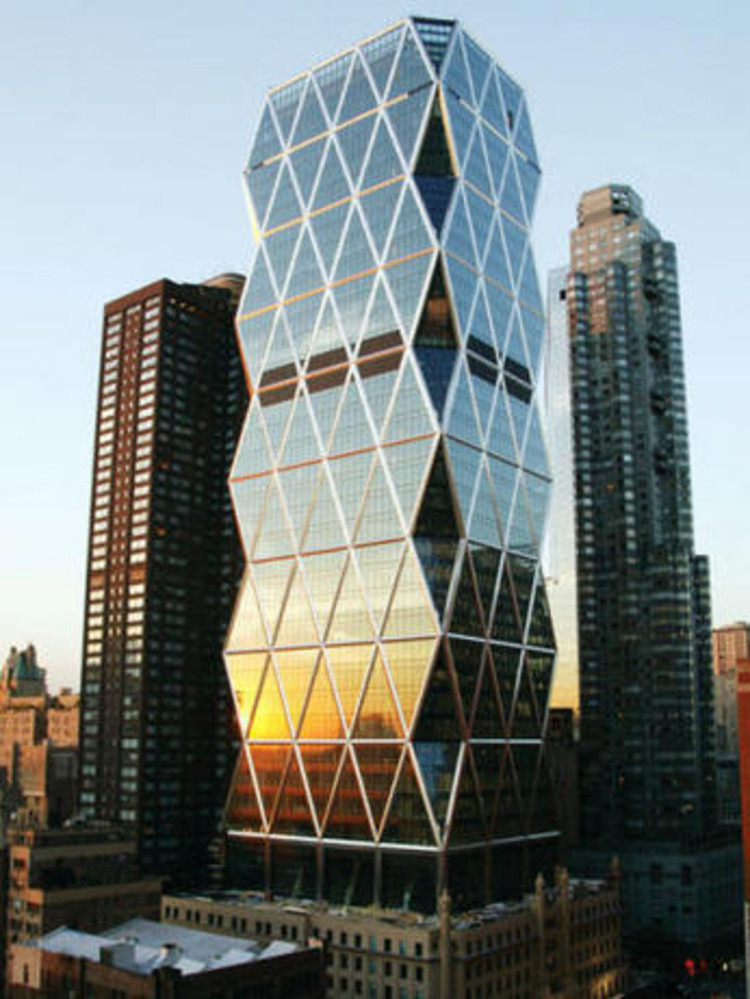
Hearst Tower, New York 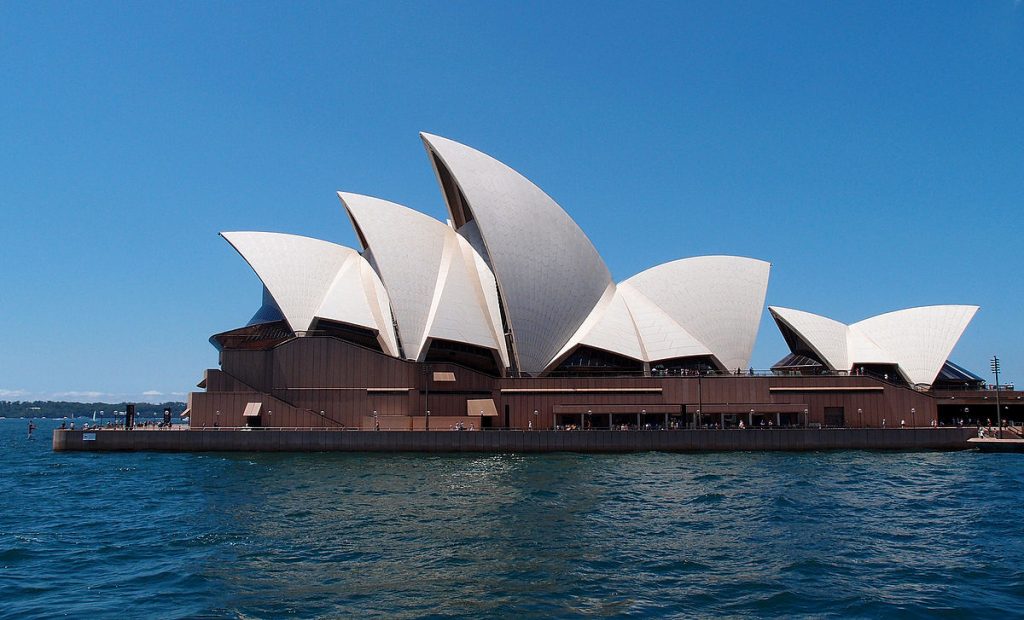
Sydney Opera House, Australia
BIBLIOGRAPHY:
https://www.wikiwand.com/en/Constructivist_architecture
https://www.designingbuildings.co.uk/wiki/Constructivist_architecture
Arquitectura – la casa Schroder de Gerrit Rietveld, un icono del movimiento moderno
http://www.milanofotografo.it/englishFotografiaFotoFullResolution.aspx?ID=1263
https://es.wikipedia.org/wiki/Modernismo_en_Mil%C3%A1n
https://www.europeanheritageawards.eu/wp-content/uploads/2018/02/2002-HA-CZ-Wallenstein-Palace.jpg
https://mymodernmet.com/gothic-architecture-characteristics/2/#:~:text=Classic%20Elements,flying%20buttresses%2C%20and%20ornate%20decoration.
https://www.history.com/topics/renaissance/renaissance
14 Renaissance leadership quotes that still apply today
https://es.wikipedia.org/wiki/Villa_Thiene
https://es.wikipedia.org/wiki/Villa_Capra
https://en.wikipedia.org/wiki/Islamic_architecture#:~:text=Islamic%20architecture%20comprises%20the%20architectural,Islam%20to%20the%20present%20day.&text=New%20architectural%20elements%20like%20minarets,and%20multifoil%20arches%20were%20invented.
https://en.wikipedia.org/wiki/Cluny_Abbey
https://projects.mcah.columbia.edu/treasuresofheaven/shrines/Compostela/index.php
[Tuesday Map] Dreaming Feather’s Tomb
https://www.gotouregyptnow.com/map-egypt
https://www.alamy.es/imagenes/illahun.html
https://www.ducksters.com/history/ancient_greece/architecture.php#:~:text=Greek%20architecture%20is%20known%20for,they%20built%20to%20their%20gods.
https://www.agefotostock.es/age/es/detalles-foto/aphrodisias-estadio-grecia-asia-menor-turquia/K89-2726915
https://www.thecultureconcept.com/ancient-greek-house-and-garden
https://commons.wikimedia.org/wiki/File:Ancient_Greek_plan_House_of_Colline_Delos.JPG
https://www.khanacademy.org/humanities/ancient-art-civilizations/roman/roman-republic/a/maison-caree2
https://www.re-thinkingthefuture.com/rtf-fresh-perspectives/a1191-elements-of-ancient-roman-architecture/
https://en.wikipedia.org/wiki/Basilica
